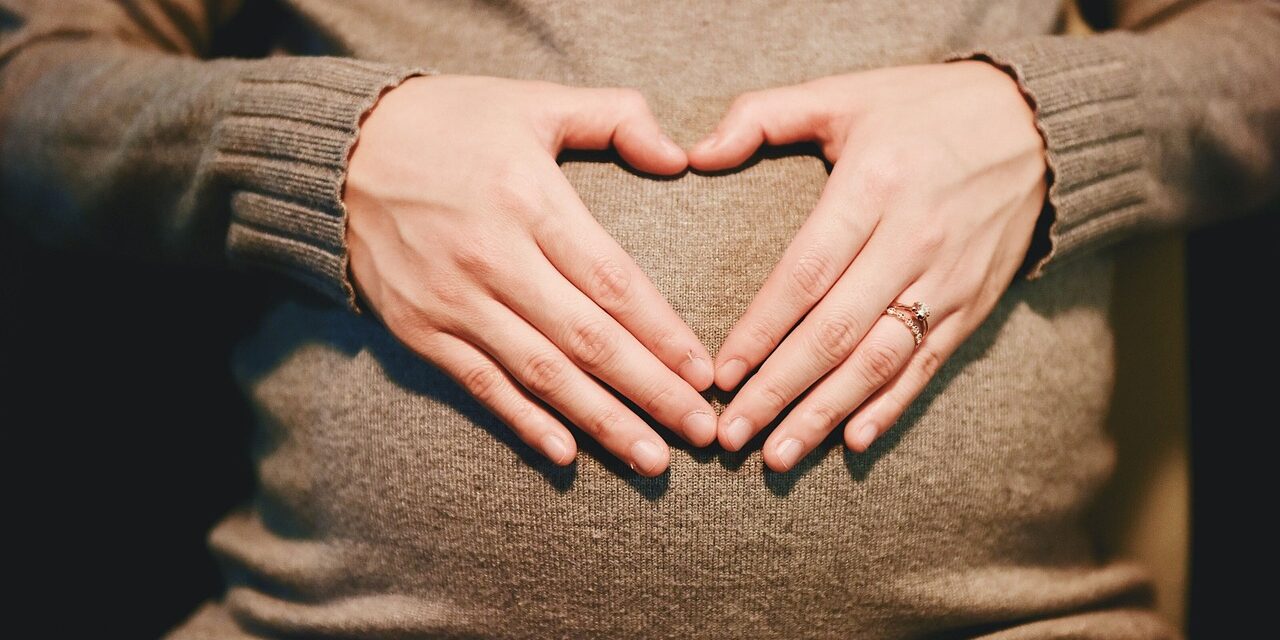A Real-Life Example
One of our dentist customers recently applied for Maternity Allowance and was initially awarded the minimum payment of £27 per week. This award was surprising, as the customer had paid the full 52 weeks of Class 2 National Insurance contributions and earned more than £204.47 weekly.
We found that HMRC had incorrectly cancelled her Class 2 National Insurance subscription. When they processed her claim, they misunderstood her self-employment start date.
This is a common issue, as many people have Class 2 National Insurance record errors. We have updated her records with HMRC and are now waiting for the corrected Maternity Allowance to be processed. This situation highlights the importance of keeping your Class 2 National Insurance record current to avoid similar issues. When discrepancies occur, it’s essential to challenge HMRC and the Department of Work and Pensions instead of accepting their amounts.
The Importance of Class 2 National Insurance
Class 2 National Insurance contributions are crucial for self-employed individuals, as they ensure eligibility for several state benefits. These contributions help you qualify for the State Pension, bereavement benefits, Employment and Support Allowance, and Maternity Allowance. Without paying Class 2 NIC, you may have gaps in your National Insurance record, which can affect your entitlement to these benefits. You must ensure that HMRC has correctly registered you for self-employment and National Insurance contributions.
Understanding Maternity Allowance
As a self-employed dentist, you can claim a tax-free Maternity Allowance if you have worked for at least 26 weeks in the 66 weeks before your baby is due and have earned at least £30 a week for 13 weeks.
How Much You Can Get
The maximum amount you can receive depends on your earnings. From April 2024, you can get up to £184.03 a week for 39 weeks, totalling £7,177.17 or 90% of your average weekly earnings (whichever is less).
Planning Tip
The Maternity Allowance rate typically increases every tax year. If you can delay your payment start date until after April 6th when applying, you may receive a modest increase in your weekly payments compared to starting it before April 6th.
How to Apply
- Gather Your Documents: You will need your MATB1 certificate (which you get from your midwife or doctor), proof of your earnings (such as bank statements or invoices), and your National Insurance number.
- Complete the MA1 Form: You can download the Maternity Allowance (MA1) form from the government website or request a copy by calling the helpline. You can easily make the application yourself without the need for an accountant.
- Submit Your Application: Send your completed MA1 form along with the required documents to the address provided on the form. Make sure to keep copies of everything for your records.
- Wait for a Decision: Your application is usually processed in 24 working days. You will receive a letter informing you of the decision and the amount you will receive.
Backdating Your Application
If you miss the initial application period, you can backdate your Maternity Allowance claim for up to three months, provided you are eligible. Unfortunately, you cannot backdate your claim for more than three months.
Tips for a Smooth Application Process
- Apply Early: You can apply as soon as you are 26 weeks pregnant. This ensures that you receive your payments on time.
- Seek Advice: If you are unsure about any amount you have been paid, ask your accountant or contact the Maternity Allowance helpline, as there could be a problem with your National Insurance record.
Conclusion
Claiming Maternity Allowance as a self-employed dentist can provide you with financial support during your maternity leave. By understanding the eligibility criteria and following the application process, you can ensure you receive the full benefits you are entitled to and have paid National Insurance to receive. Take the time to prepare your claim correctly and apply early to make the process as smooth as possible.

